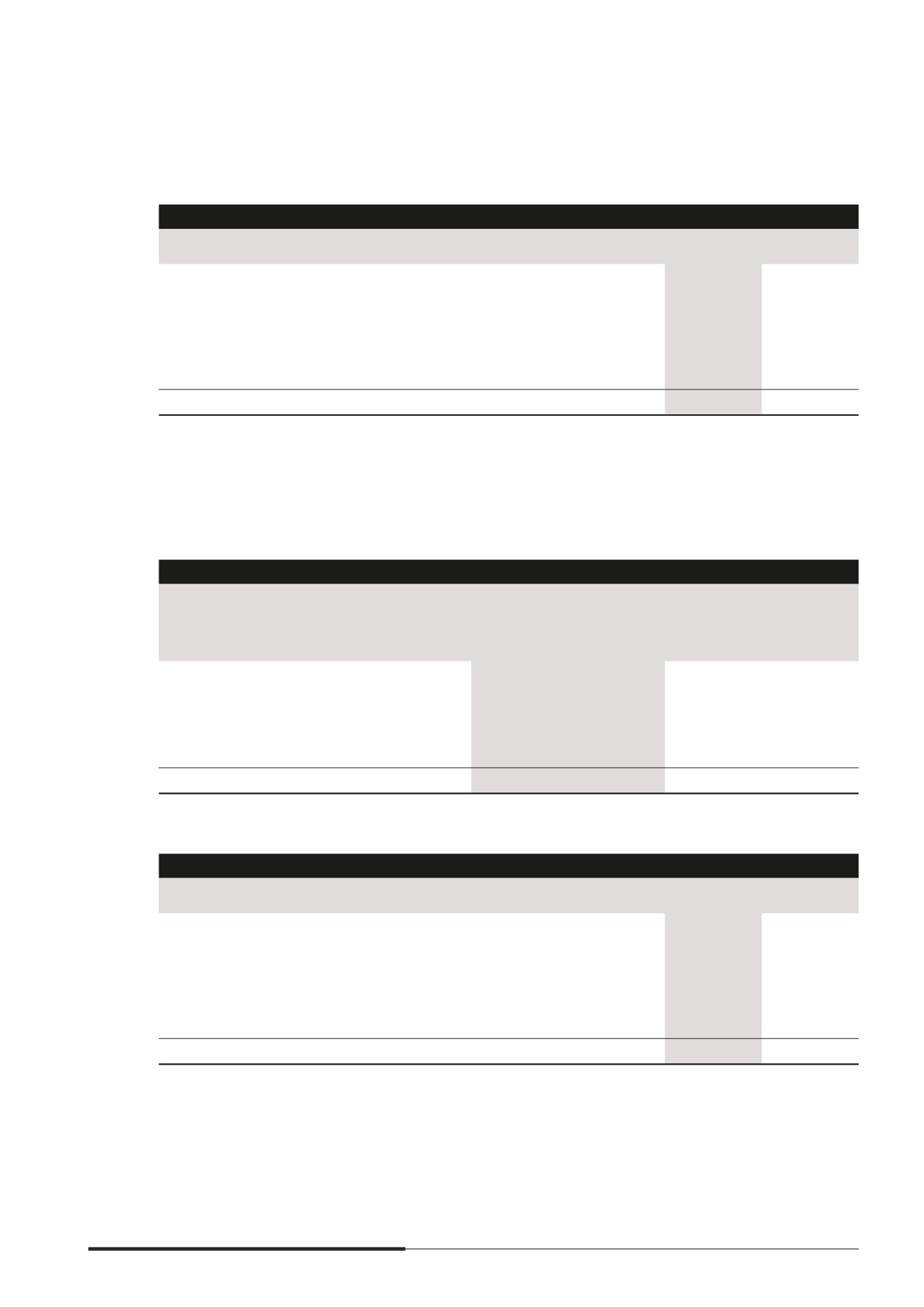
Positioning for the Future | 161
Appendix
Notes to the Financial Statements
Year ended 31 December 2014
13 TRADE RECEIVABLES
(cont’d)
(a) The maximum exposure to credit risk for trade receivables at the reporting date (by strategic business units)
was
The Group
2014
$’000
2013
$’000
Restated
CapitaLand Singapore
20,932
39,347
CapitaLand China
1,890
2,505
CapitaMalls Asia
40,582
53,254
Ascott
47,890
47,338
Others
6,938
27,739
118,232
170,183
The credit quality of trade and other receivables is assessed based on credit policies established by the
Risk Committee. The Group monitors customer credit risk by grouping trade and other receivables based
on their characteristics. Trade and other receivables with high credit risk will be identimed and monitored by
the respective strategic business units.
(b) The ageing of trade receivables at the reporting date was
The Group
Gross
amount
2014
$’000
Allowance
for doubtful
receivables
2014
$’000
Gross
amount
2013
$’000
Allowance
for doubtful
receivables
2013
$’000
Restated
Restated
Not past due
92,404
–
116,725
–
Past due 1 – 30 days
15,923
(54)
21,788
(249)
Past due 31 – 90 days
7,058
(2,827)
7,486
(35)
More than 90 days
13,841
(8,113)
43,257
(18,789)
129,226
(10,994)
189,256
(19,073)
(c) The movements in allowance for doubtful receivables in respect of trade receivables were as follows
The Group
2014
$’000
2013
$’000
Restated
At 1 January
(19,073)
(18,812)
Allowance utilised
4,492
246
Allowance during the year
(1,091)
(1,986)
Reversal of allowance during the year
4,871
–
Translation differences
(193)
1,479
At 31 December
(10,994)
(19,073)
Based on historical default rates, the Group believes that no allowance for doubtful receivables is necessary
in respect of the receivables not past due.


